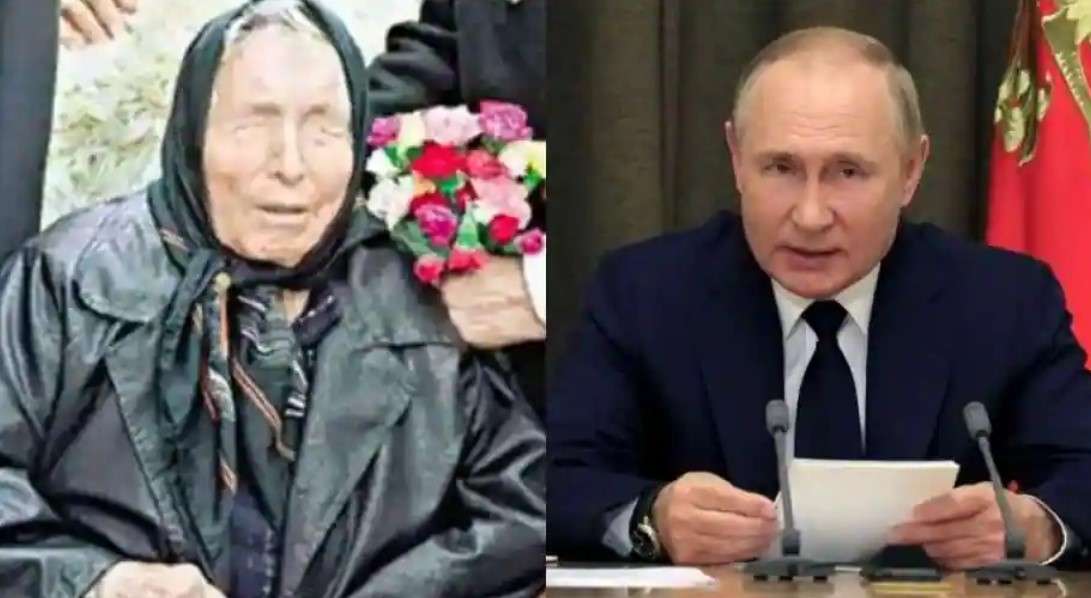
Joseph Stalin, born Ioseb Besarionis dze Jughashvili, was one of the most influential and controversial figures of the 20th century. As the leader of the Soviet Union from the mid-1920s until his death in 1953, Stalin was responsible for transforming the nation into a world superpower. Yet, his rule was marred by repression, mass persecution, and famine, sparking endless debates about the man behind the Iron Curtain. This article provides an in-depth exploration of the life, achievements, and controversies surrounding Joseph Stalin.
Early Life and Political Beginnings
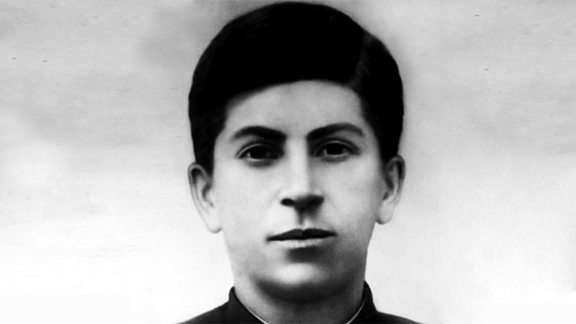
Image Source: BBC
Born on December 18, 1878, in Gori, Georgia, which was part of the Russian Empire, The young Joseph Stalin faced a difficult childhood marked by poverty, domestic violence, and multiple illnesses. Despite these challenges, he excelled academically and was accepted into the Tiflis Theological Seminary in 1894. It was during his time at the seminary that Stalin was introduced to Marxist ideology and became involved in revolutionary activities.
Stalin’s personal life was marked by tragedy and strained relationships. He was married twice, first to Ekaterina Svanidze, with whom he had a son named Yakov. Ekaterina died of typhus in 1907, leaving Stalin a widower. In 1919, he married his second wife, Nadezhda Alliluyeva, with whom he had two children: a son named Vasily and a daughter named Svetlana. Nadezhda committed suicide in 1932, reportedly due to her strained relationship with Stalin and the pressures of living in the political spotlight. Stalin’s relationship with his children was also tumultuous, with Yakov attempting suicide and later dying in a German Prisoner Of War Camp during World War II, Vasily struggling with alcoholism and facing imprisonment after his father’s death, and Svetlana ultimately defecting to the United States in 1967.
The young Joseph Stalin after being expelled from the seminary in 1899, he dedicated himself to the revolutionary movement against the Russian tsarist regime. He joined the Russian Social Democratic Labour Party (RSDLP) in 1901, which would later split into the Bolshevik and Menshevik factions. Stalin aligned himself with the more radical Bolsheviks, led by Vladimir Lenin, and began his ascent within the party’s ranks.
The October Revolution and Rise to Power
The October Revolution in 1917 marked a turning point for both Russia and Stalin. As the Bolsheviks seized power, Stalin was appointed People’s Commissar for Nationalities Affairs, tasked with winning the support of non-Russian nationalities within the former Russian Empire. During the subsequent Russian Civil War, Stalin served as a military commander, further consolidating his position within the party.
After Lenin’s death in 1924, Stalin began to outmaneuver his rivals in the ensuing power struggle. By the end of the decade, he had successfully eliminated key opponents, such as Leon Trotsky, and established himself as the undisputed leader of the Soviet Union.
Stalin’s Economic Reforms
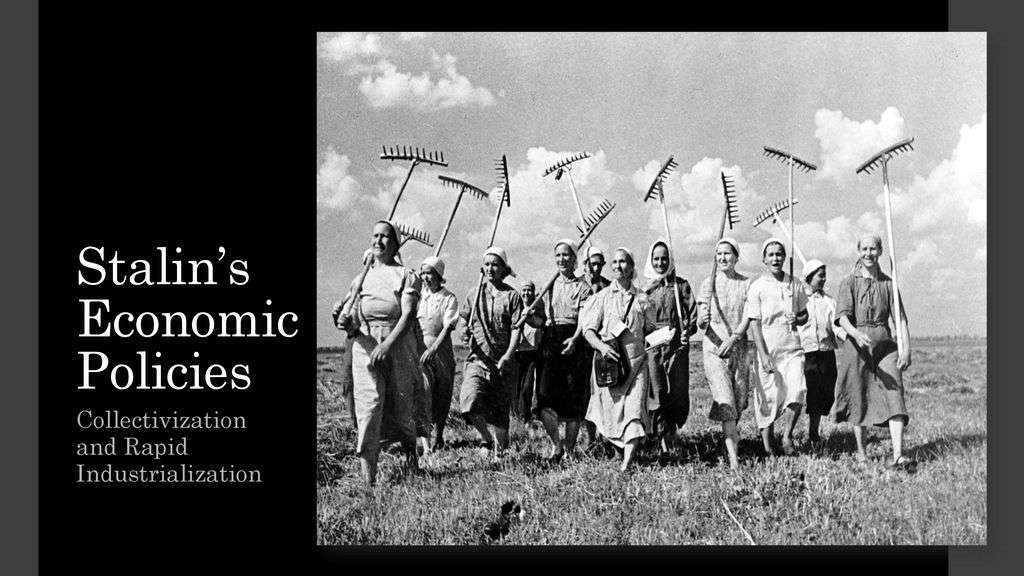
Stalin’s time in power saw a series of ambitious economic reforms aimed at industrializing and modernizing the Soviet Union. The First Five-Year Plan, launched in 1928, focused on the rapid development of heavy industry, such as steel, coal, and electric power. Although the plan achieved impressive industrial growth, it came at a high human cost, with millions of workers enduring harsh conditions and low pay.
Stalin’s agricultural policies also proved to be highly controversial. His forced collectivization campaign aimed to replace individual peasant farms with large, state-controlled collective farms. The goal was to increase agricultural productivity and support the industrialization process. However, the policy led to widespread resistance, food shortages, and the catastrophic Ukrainian famine of 1932-1933, known as the Holodomor, which resulted in millions of deaths.
The Great Terror
One of the darkest periods of Stalin’s rule was the Great Terror, a campaign of political repression that occurred between 1936 and 1938. During this time, Stalin ordered the arrest, imprisonment, and execution of thousands of alleged enemies of the state, including high-ranking party officials, military officers, and intellectuals. The NKVD, the Soviet secret police, carried out the purges under the leadership of Nikolai Yezhov.
The Great Terror left a lasting impact on the Soviet Union, as it instilled fear and paranoia among the population and weakened the country’s political and military leadership. Some historians argue that the purges were a preemptive measure by Stalin to secure his position and eliminate potential opposition, while others believe they were driven by his increasing paranoia and fear of internal threats.
Stalin and World War II
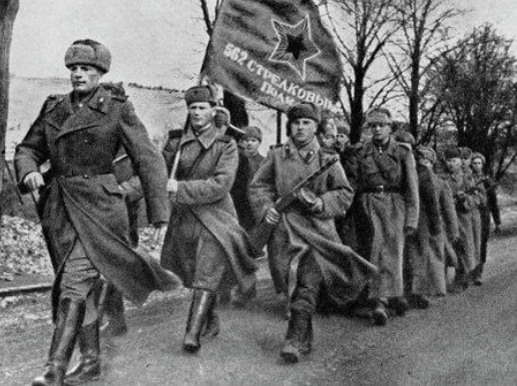
Image Source: History Crunch
The outbreak of World War II in 1939 saw Stalin’s foreign policy shift as he aimed to protect the Soviet Union from potential threats. Initially, he signed the Molotov-Ribbentrop Pact, a non-aggression treaty with Nazi Germany, which bought the Soviet Union valuable time to prepare for a potential invasion. However, in 1941, Hitler violated the pact by launching Operation Barbarossa, the largest military invasion in history, targeting the Soviet Union.
Stalin’s leadership during the war has been a topic of significant debate among historians. While his initial response to the invasion was marked by indecision and disarray, he eventually assumed personal control over military strategy and rallied the Soviet people. Despite immense suffering and loss of life, the Soviet Union played a crucial role in defeating Nazi Germany and emerged from the war as a global superpower.
The end of World War II saw Stalin extend the Soviet Union’s influence over Eastern Europe, establishing a series of satellite states and effectively creating a buffer zone between the USSR and the West. This expansion contributed to the growing tensions between the Soviet Union and the United States, ultimately leading to the Cold War.
The Final Years and Legacy
In his final years, Stalin continued to exert absolute control over the Soviet Union, with the repression of dissidents and political rivals persisting. His health began to decline, and on March 5, 1953, Stalin died of a cerebral hemorrhage. His death led to a power struggle among the Soviet leadership, with Nikita Khrushchev eventually emerging as the new leader.
Khrushchev’s time in power marked a period of de-Stalinization, during which many of Stalin’s policies were reversed or criticized, and his cult of personality was dismantled. However, despite these efforts, Stalin’s legacy continues to evoke mixed feelings in Russia and the former Soviet states. While some view him as a strong leader who transformed the Soviet Union into a global power, others see him as a brutal dictator responsible for the suffering and death of millions.
Strengths
Determination and Resilience
One of Stalin’s most notable strengths was his unwavering determination and resilience in the face of adversity. Born into poverty and overcoming numerous personal challenges throughout his life, Stalin demonstrated a remarkable ability to persevere and adapt. His determination was evident in his pursuit of ambitious goals for the Soviet Union, such as rapid industrialization and collectivization, which ultimately contributed to the country’s status as a global power.
Political Acumen and Ruthlessness
Stalin’s rise to power can be attributed in part to his astute political maneuvering and ruthlessness. He was adept at identifying and exploiting the weaknesses of his rivals, which allowed him to consolidate power and eliminate potential threats. This skill was particularly evident in his successful outmaneuvering of key opponents, such as Leon Trotsky, during the power struggle that followed Lenin’s death. Stalin’s political acumen was essential to his ability to maintain control over the Soviet Union for nearly three decades.
Strategic Vision
Stalin possessed a strategic vision that enabled him to pursue long-term goals for the Soviet Union, even in the face of significant obstacles. The implementation of the Five-Year Plans is a prime example of this strength, as it required an extraordinary level of coordination and commitment to transform the Soviet economy. Stalin’s strategic vision extended to his foreign policy, where he recognized the importance of establishing a sphere of influence in Eastern Europe following World War II to protect Soviet interests and maintain a buffer against the West.
Crisis Leadership
Although Stalin’s initial response to the Nazi invasion during World War II was marked by indecision, he eventually demonstrated an ability to rise to the challenge and effectively lead the Soviet Union through the crisis. Assuming personal control over military strategy, Stalin managed to rally the Soviet people and direct the country’s resources toward the war effort. His leadership during the war was crucial in the Soviet Union’s ability to withstand and ultimately defeat Nazi Germany.
Effective Propaganda and Control of Information
Stalin was highly skilled at manipulating information and using propaganda to shape public opinion, both domestically and internationally. He effectively cultivated a cult of personality, portraying himself as a wise and benevolent leader who was indispensable to the Soviet Union’s success. This control of information and propaganda allowed Stalin to maintain power and suppress dissent, reinforcing his authority and the Soviet Union’s image as a formidable global power.
Weaknesses
Lack of Formal Military Training
Despite assuming the role of Supreme Commander-in-Chief during World War II and making critical decisions related to the war effort, Stalin lacked formal military training. This deficiency sometimes led to poor strategic choices, as evidenced during the initial stages of Operation Barbarossa, when the Soviet Union was caught off-guard by the Nazi invasion. Although he eventually adapted and made some astute strategic decisions, his lack of military expertise was a notable weakness throughout his rule.
Paranoia and Fear of Betrayal
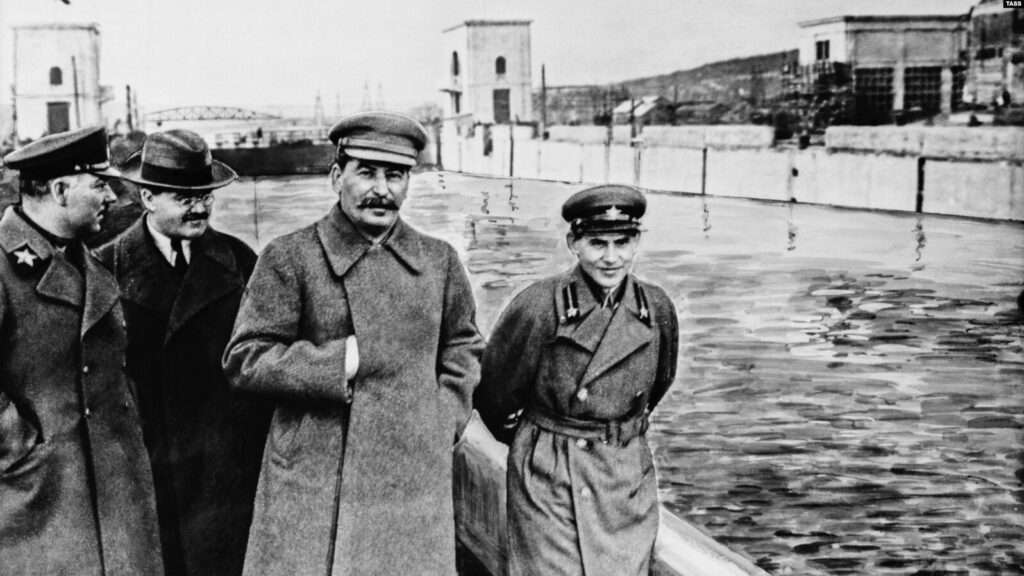
Image Source: Radio Free Europe
Stalin’s paranoia and fear of betrayal significantly influenced his leadership style. He viewed potential enemies both inside and outside the Soviet Union with suspicion, which led to a series of purges and the Great Terror. This fear of betrayal also contributed to the creation of a cult of personality around him, as he sought to eliminate potential rivals and consolidate his power. This paranoia ultimately undermined the stability of the Soviet government and contributed to the widespread fear and repression experienced by its citizens.
Inability to Foster Genuine Loyalty
Stalin’s rule was characterized by an atmosphere of fear and repression. As a result, many within the Soviet Union’s political and military elite professed loyalty to Stalin out of self-preservation rather than genuine respect or admiration. This environment of mistrust hindered the development of a stable and loyal leadership team, leaving Stalin reliant on a network of informants and secret police to maintain control.
Insensitivity to the Suffering of Others
Stalin’s policies, particularly those related to forced collectivization and industrialization, led to immense suffering for millions of Soviet citizens. His lack of empathy and unwillingness to acknowledge or address the consequences of his policies revealed a significant weakness in his ability to govern effectively. The Ukrainian famine of 1932-1933, known as the Holodomor, stands as a testament to the devastating impact of Stalin’s insensitivity to the plight of his people.
Overconfidence in International Diplomacy
Stalin’s overconfidence in his ability to predict and manage the actions of other nations proved to be a critical weakness in his foreign policy. The most striking example of this was his initial trust in Adolf Hitler and the signing of the Molotov-Ribbentrop Pact, which left the Soviet Union vulnerable to Nazi aggression. Stalin’s failure to anticipate Hitler’s betrayal and adequately prepare for the possibility of an invasion exposed the Soviet Union to significant risk during World War II.
Joseph Stalin remains one of the most enigmatic and divisive figures in modern history. His role in shaping the Soviet Union and the global political landscape cannot be understated. However, his actions also brought immense suffering to countless individuals. As historians continue to study and debate the complexities of Stalin’s life and rule, it is clear that his impact on the 20th century will not be forgotten.
By: Priyanka Shah


